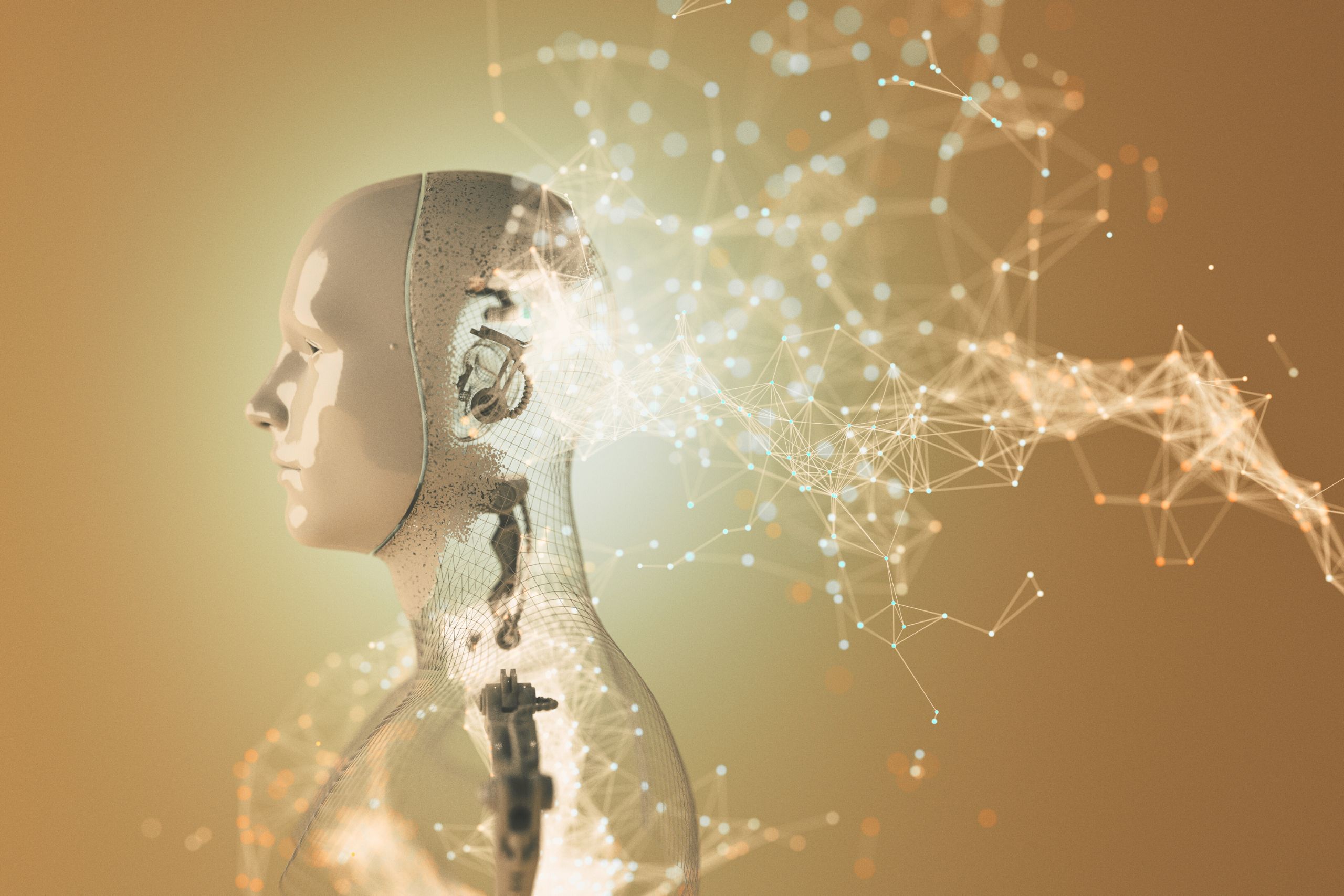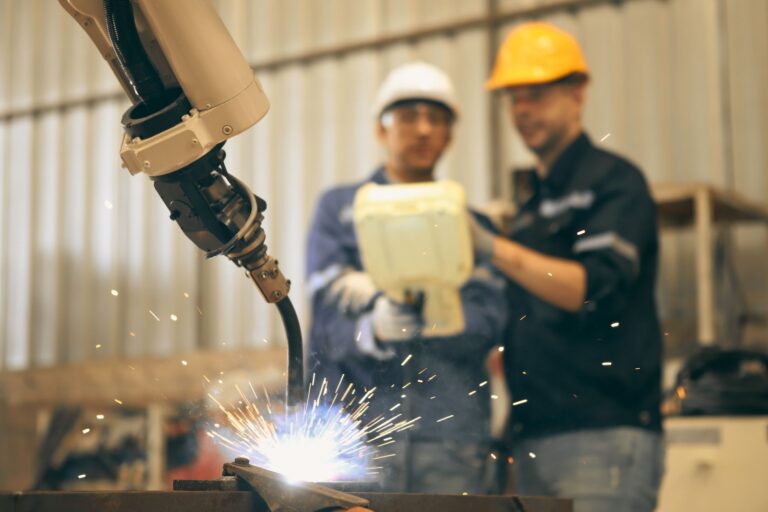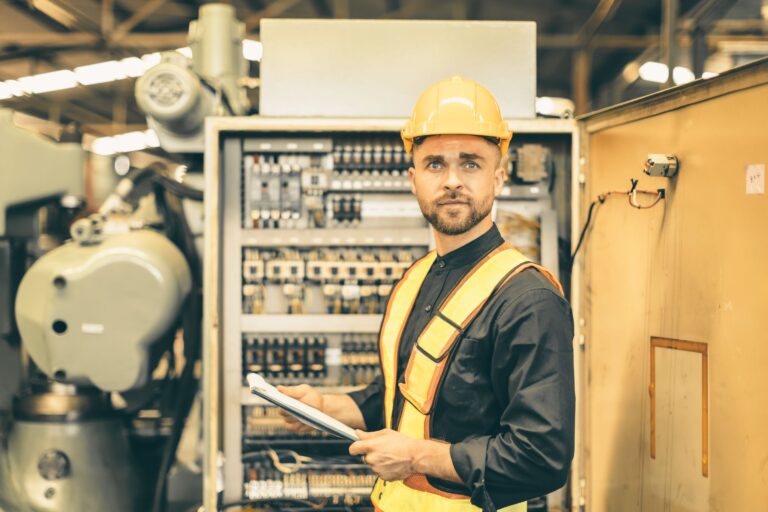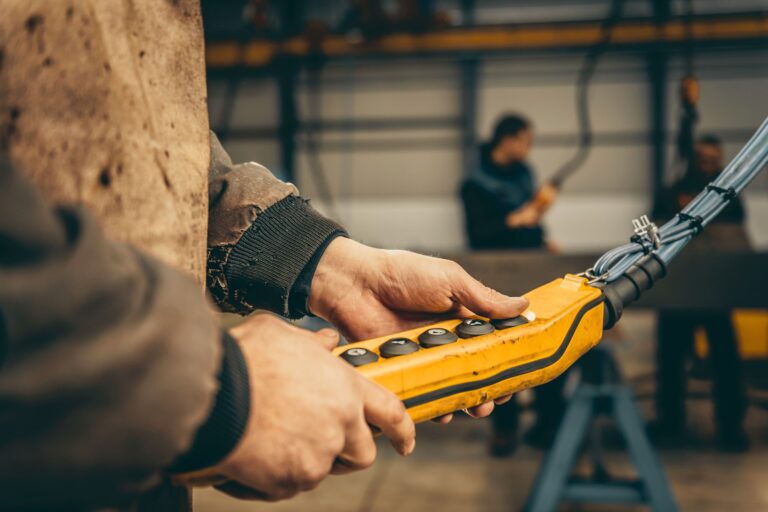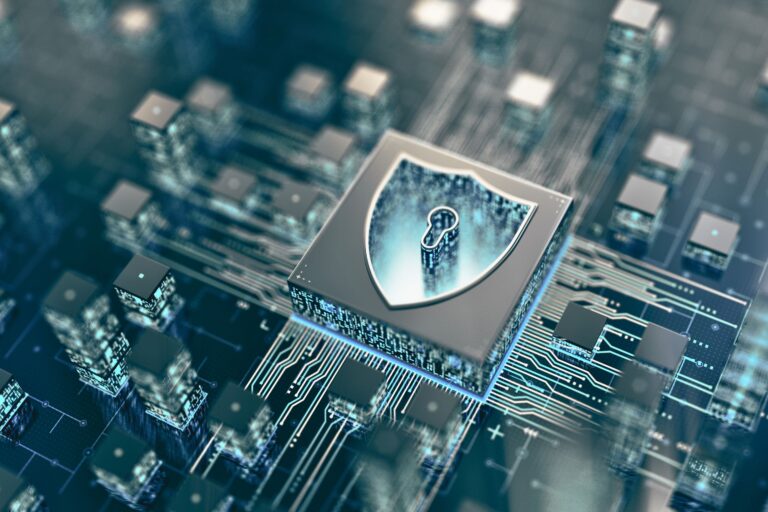The role of artificial intelligence in industrial robotics
Artificial intelligence (AI) is playing an increasingly significant role in industrial robotics, transforming the way machines adapt, learn, and perform tasks. AI capabilities allow industrial robots to become more flexible, autonomous, and intelligent, which improves efficiency and reduces production costs. In this article, we will look at the main ways in which AI is changing industrial robotics, as well as the future prospects for the development of this technology.
How is AI transforming industrial robotics?
The integration of AI into industrial robots provides a number of advantages, including:
- Autonomy and self-study – Through machine learning and neural networks, industrial robots can analyze data from previous operations, adapt to new conditions, and improve their performance with minimal human intervention. This means that robots can recognize patterns in processes and optimize their movements for better efficiency.
- Computer vision – AI algorithms, combined with cameras and sensors, allow robots to recognize and manipulate objects with extreme accuracy. This is especially important for tasks such as automated inspection, handling sensitive materials, and sorting produce in real time.
- Optimized task scheduling – Through the use of advanced algorithms, AI can analyze manufacturing processes and find the most efficient way to complete tasks. This leads to reduced lead times, better resource allocation, and cost minimization.
- Predictive maintenance – One of the key aspects of AI in industrial robotics is the ability to provide predictive maintenance. By analyzing real-time data, AI systems can identify potential problems in robot operation and alert the need for repair or maintenance before a failure occurs. This significantly reduces downtime and business losses.
Applications of AI in industrial robotics
Artificial intelligence is widely used in various industrial processes, such as:
- Automated inspection and quality control – Robots equipped with AI and computer vision can perform precise inspections of production, detecting even the smallest defects. This increases production quality and reduces scrap.
- Flexible production lines – Thanks to AI, industrial robots can easily adapt to different production tasks without requiring complex reconfiguration. This makes it possible to implement personalized production and quickly switch from one type of product to another.
- Cooperative robots (cobots) – AI-based collaborative robots are designed to work safely side by side with humans. They can recognize the movements of operators and adjust the speed and force of work to prevent injuries.
- Control of Autonomous Mobile Robots (AMRs) – Autonomous mobile robots equipped with AI algorithms can navigate dynamic environments, avoid obstacles, and optimize their routes in warehouses and production facilities.
The future of AI in industrial robotics
AI is expected to continue to play an increasingly important role in the development of industrial robotics, with the following improvements anticipated:
- More advanced adaptive algorithms – With the advancement of machine learning, robots will be able to operate in even more dynamic and changing environments.
- Advanced human-robot interaction capabilities – AI will allow robots to recognize gestures, expressions, and voice commands, making collaboration between humans and machines even more intuitive.
- More efficient resource management – Improved AI algorithms will achieve better energy efficiency, as systems will be able to regulate their energy consumption according to the load and the need to perform specific tasks.
How does Bullitt Engineering monitor and implement these innovations?
At Bullitt Engineering JSC, we closely monitor the development of artificial intelligence and its application in industrial robotics. Our team analyzes the latest trends and works on adapting AI technologies to the needs of the industry. By implementing intelligent automation and robotics systems, we help businesses achieve higher efficiency and competitiveness.
Conclusion
AI is not only the future, but also the present of industrial robotics. The technology continues to evolve at a rapid pace, creating opportunities for smarter, more efficient and safer industrial systems. Companies that invest in AI-based solutions today will be better prepared for the challenges of tomorrow and will have a competitive advantage in the global industrial environment.

